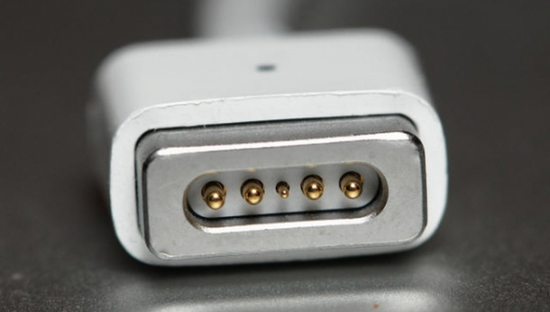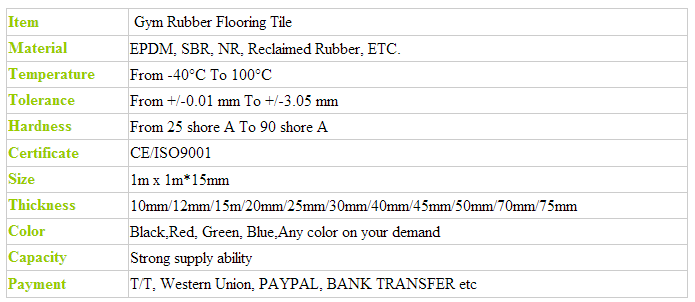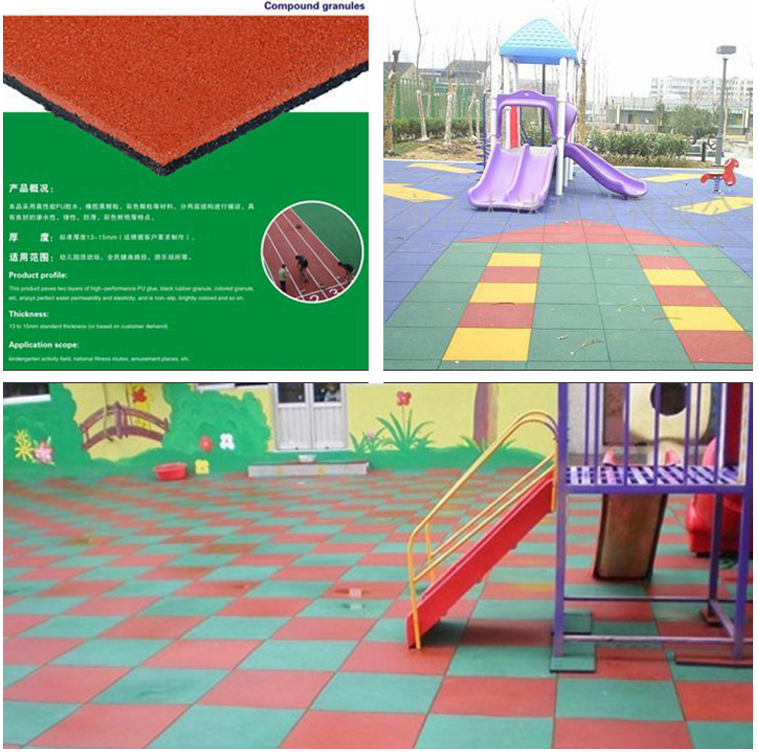
The biggest controversy of Apple's new MacBook is probably the single USB-C interface. The entire notebook only has this data interface, and it is not directly compatible with all the existing mainstream interfaces. Apple's radical has once again shocked the world. USB-C full name USB Type-C is an extension of the commonly used USB standard. The new interface features compact and non-positive and more user-friendly. In theory, the Type-C interface can be used on the USB 2.0 and 3.0 buses, but currently manufacturers tend to use Type-C with the new generation of USB 3.1 transmission specifications.
USB3.1 is an evolution of USB 3.0. The improvement is to double the transmission rate to 10Gbps, and the power supply capability is up to 100W. In addition, the transmission channel for video and audio data is provided. USB 3.1 can be used as a power supply, audio and video channel and peripheral data path, which greatly simplifies the interface configuration of the host. It is because of the USB 3.1 specification that the new MacBook can only retain one interface.
The industry is amazed at Apple's avant-garde and radicalism and quickly issued new questions: Since USB 3.1 Type-C is so powerful, can it replace the Lightning interface currently used on iOS devices and even Thunderbolt on the Mac platform?
Apple's mobile devices have been using their own proprietary interfaces since the iPod was in place many years ago. In the past, it was a 30-pin wide mouth, and it was later changed to a positive and negative plug-in, compact Lightning. The common feature of the two generations of interfaces is compatibility with multiple types of data transmission, which can be switched to USB and converted to DVI, VGA and HDMI, as well as to various audio devices. Previously, the USB specification was not compatible with other data protocols, and it could not meet the needs of Apple devices. It is only natural that Apple has a set of standards.
But the latest USB 3.1 Type-C has actually replaced Lightning completely: compared to the latter, the former has much larger bandwidth, stronger power supply capability and comparable multi-protocol compatibility, and the interface is smaller and can also be used. Just in the opposite direction. If Apple is willing, iOS devices can completely switch to the new interface, simplifying the interface standard of the Apple ecosystem.
However, considering the number of devices and accessories that use the Lightning interface on the market, Apple's replacement of it so quickly will undoubtedly bring inconvenience to users and partners. In addition, USB 3.1 Type-C will be widely used by Android devices in the future. If this standard is supported so quickly, it will reduce Apple's control over the accessories market. The Lightning standard itself has potential for improvement. After evolution, its comprehensive performance and functions will not be worse than USB-C. Therefore, the possibility of replacing the interface with an iOS device is extremely small, and Lightning will have a life span of at least five or six years.
Another major interface specification, Thunderbolt, is a common standard for PC and Mac platforms. However, due to the high cost, only Apple has deployed this interface extensively in its product line. USB3.1's transmission rate reaches 10Gbps, which is already the same as the first generation Thunderbolt. So how likely is the former to replace the latter?
In fact, contrary to the public's impression, the Thunderbolt specification was not intended to replace USB or confront it from the beginning. The former is essentially a transmission standard for the professional field, and the goal is to replace the early FireWire, the IEEE 1394 interface. Compared to USB, Thunderbolt's advantage is not only higher bandwidth, but more importantly it uses the standard PCIe bus protocol. Various PCIe expansion devices can be connected to the main unit with Thunderbolt with a simple modification, and the drive does not need to be replaced. Thunderbolt also supports convenient daisy chain extension and PC direct connection high-speed data transmission functions, which are not possible with the USB protocol, but are very much needed by professional users. Although there are few consumer-grade accessories using this interface, there is no substitute for Thunderbolt in the professional field. Therefore, Apple and other workstation vendors will not give up Thunderbolt, and will not replace it with consumer-grade USB.
In fact, the next generation of USB standards is most likely to replace the USB itself. The USB 3.1 specification replaces 3.0 or 2.0, and the small and user-friendly Type-C interface specification is expected to completely replace the old USB interface types. Apple's next-generation Mac series will probably use the USB interface to use the Type-C specification, and the PC and mobile device industries will follow suit, eliminating the traditional Type-A port USB interface that has been used for many years. In 1998, the first generation of iMac abandoned the old serial port, parallel port, PS/2 interface and switched to USB. Today, Apple once again stood in the forefront of the times. Regardless of the controversy caused by the new MacBook, it will surely become a major contributor to the new interface.
Http://
Http://news.chinawj.com.cn Editor: (Hardware Business Network Information Center) http://news.chinawj.com.cn
This Rubber Gym Flooring has the advantages on the followings:
1. Quality warranty: our rubber gym flooring produced strictly by the international standards, from the external looking to the quality control.
2. Characteristic for sports: Non-toxic, wear-resistance, anti-slip, shockabsorption and cushion, flexible and temperature resistant.
3. Service: rich OEM service and after-sale service.
Feature:
1.Wear resistant
2.Weather proof
3.Slip resistant
4.shock absorbent
5.Environmental safety
6.Sound-absorbing, sound insulation

Scope of usage:
Sports areas: sports center,wushu school.shooting gallery, gymnastics.
Public places: school sports instruments room,kindergarten,nursery,fitness room,path,pedestrian bridges,parks,stations,shopping malls etc.
Leisure and entertainment place:Children`s playground,elderly centers,training room,dancing room,bath center,swimming pool and other shore
Building construction: Office buildings,hotels,restaurants corridors,residential areas,outdoor plaza,KTV,office
Home use:Bathroom,bedroom,balcony,living room

Our Advantage
1. Our factory: specializing in Rubber Sheet &rubber bumper block& rubber stair steps for 10 years, we can give you the best price and professional service.
2. Quality control: We have excellent management team in order to make the best quality products for its customers.
3. Fast delivery: We have more than 200 workers, high production capacity.
4. Our services: We can according to your request then specially designed making products for you
Playground Rubber Tile
Playground Rubber Tile,Rubber Tiles,Playground Tiles,Playground Rubber Fooring Tiles
Renqiu Xingcheng Rubber Products Co., Ltd. , https://www.xingchengrubber.com